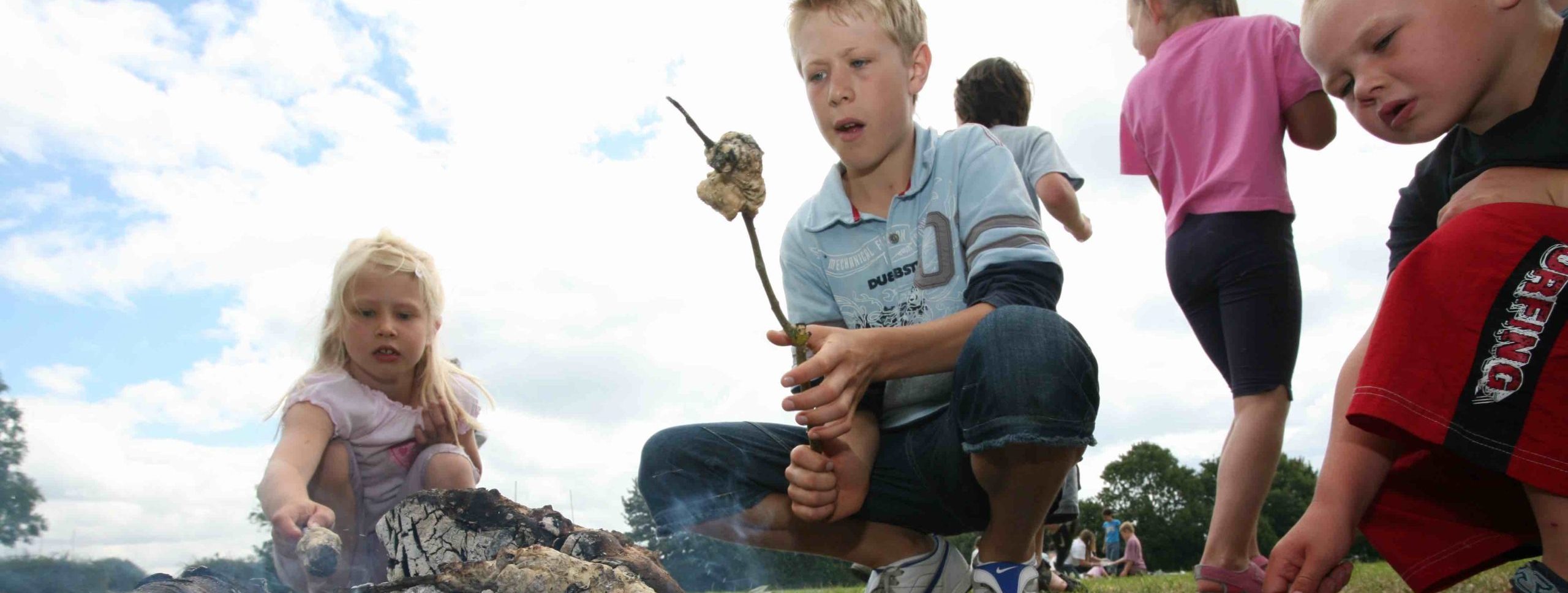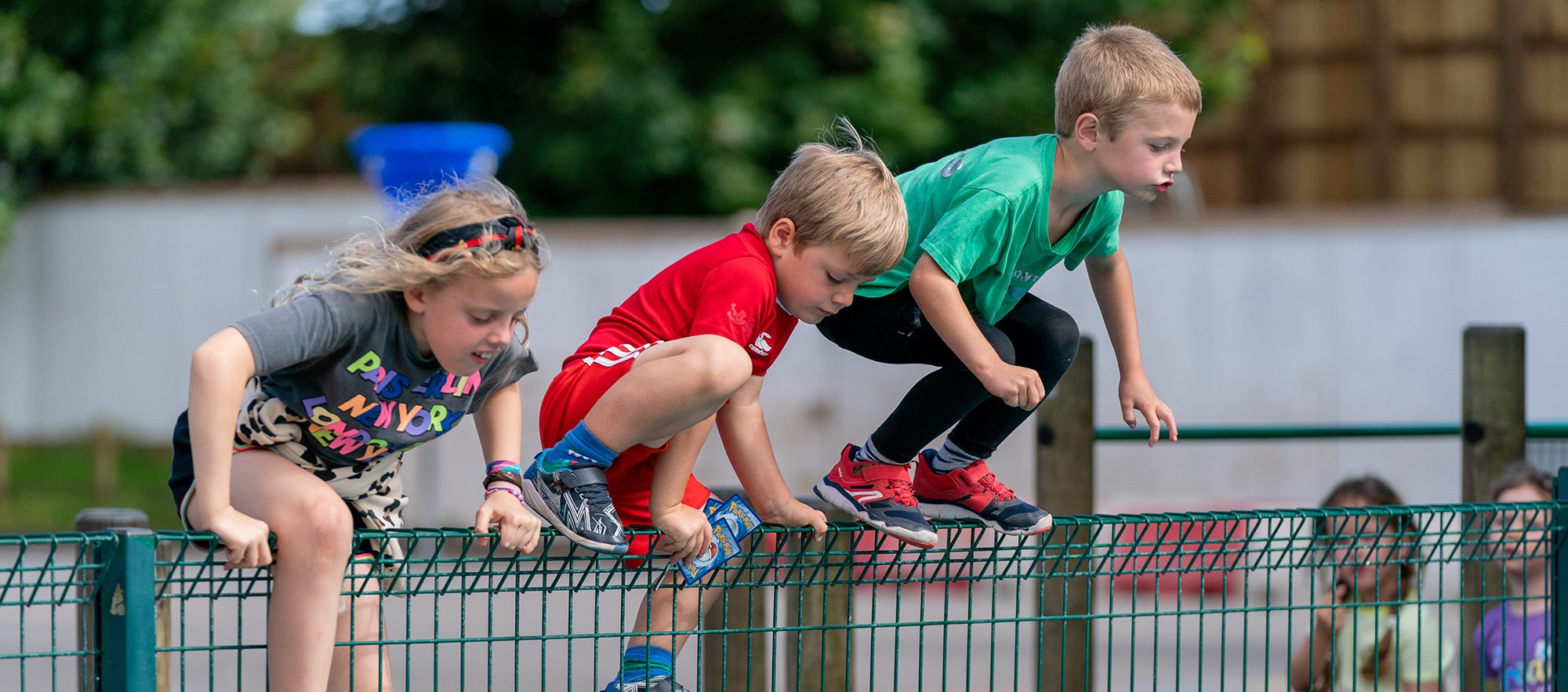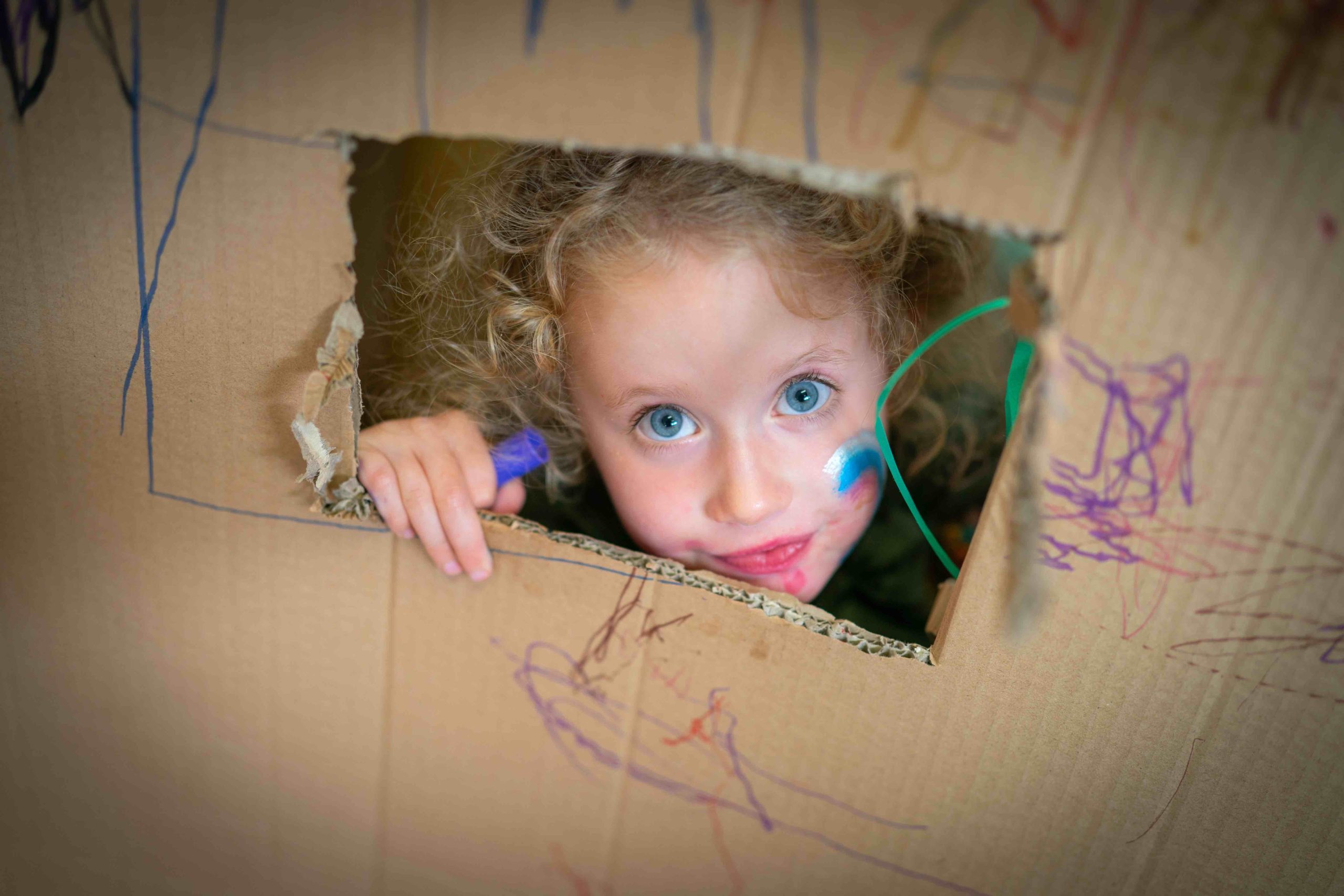Play Ideas
How to introduce your child to fire
Children find fire fascinating. In the past, it would have been an everyday part of life as families used it for heat, light and cooking. Nowadays, many children don’t come into contact with fire unless we deliberately introduce it to them.
It’s lovely to sit outside by a fire or light a room with candles. To do these things safely, children need a chance to learn about fire – and the best way to learn is through experience.
Why is it important to introduce your child to fire?
You can help your child:
- enjoy fire in a safe way
- learn about the risks and dangers of fire
- be prepared to put a fire out
- know what to do if they or someone else gets burned
- understand one of the earth’s energy sources.
Fire is so attractive to children and teenagers that they are likely to want to light fires at some point. It’s better for them to learn the basics safely with you, rather than playing with fire in a riskier situation. It’s important that they know what to do if something goes wrong.
How to use matches
You might wonder if it’s okay for your child to use matches. If you show them how to use matches safely, they will develop valuable skills and knowledge. They will understand how to use matches appropriately, which will help them stay safe. We recommend:
- Showing your child how to strike the match away from themselves so they don’t bring the lit end towards their skin or clothes.
- Showing them how to keep a match upright so the flame doesn’t burn their fingers.
- Choosing somewhere safe to practice, so it doesn’t matter if they drop it – for example, over a concrete surface rather than over something that will scorch or catch light.
Introduce fire gradually
- Let your child feel the warmth that comes from a flame by showing them how it gets warmer as you get closer. Talk about how it’s important not to get too close.
- Let your child practise lighting candles with matches and blowing them out.
- Teach your child not to run or play close to a fire.
- When you’re by a fire, agree a safe distance around it that no-one will cross – unless they are doing something practical like cooking or adding a stick.
- Teach your child what to do if your clothes catch fire. To put the flames out, either cover the burning bit with a wet cloth or drop to the ground and roll around.
Some easy ways to introduce your child to fire
Candles and tea lights
Lighting a room with candles or putting candles on the table for a special meal changes the atmosphere instantly. Try putting candles or tealights into jam jars so that they don’t get blown out by draughts. Putting them on saucers or plates is also good as they will catch any dripping wax.
Always
- Supervise young children around candles.
- Put matches away safely so that young children can’t play with them unsupervised.
- Put candles out when you are finished with them, rather than leave them to burn down.
- Make sure candles and tealights are on a safe surface that won’t catch light.
Small campfires
If you have a garden or if you visit somewhere like a beach, you can make a small campfire with children. This is a chance to show them how to build, light and put out a fire.
Fire bowls or pits are popular. They limit the size of a fire so it can’t easily spread. You might be able to buy one from a supermarket or garden centre.
Always
- Keep the fire small and controllable.
- Keep a bucket of water and a wet cloth close by in case of emergency.
- Avoid adding plastic, oils or aerosols, such as spray cans, to a fire.
- Look out for signs saying not to light fires.
- Respect the environment and make sure lighting a fire won’t cause damage.
If you’re not sure it’s safe to light a fire, don’t light it.
Fires in a fireplace
If you don’t have one at home, do you know anyone who has a working fireplace in their home? You could ask if they could show your child how they set a fire and light it. Once the fire is lit, take a bit of time to enjoy it by sitting and chatting by the fire.













